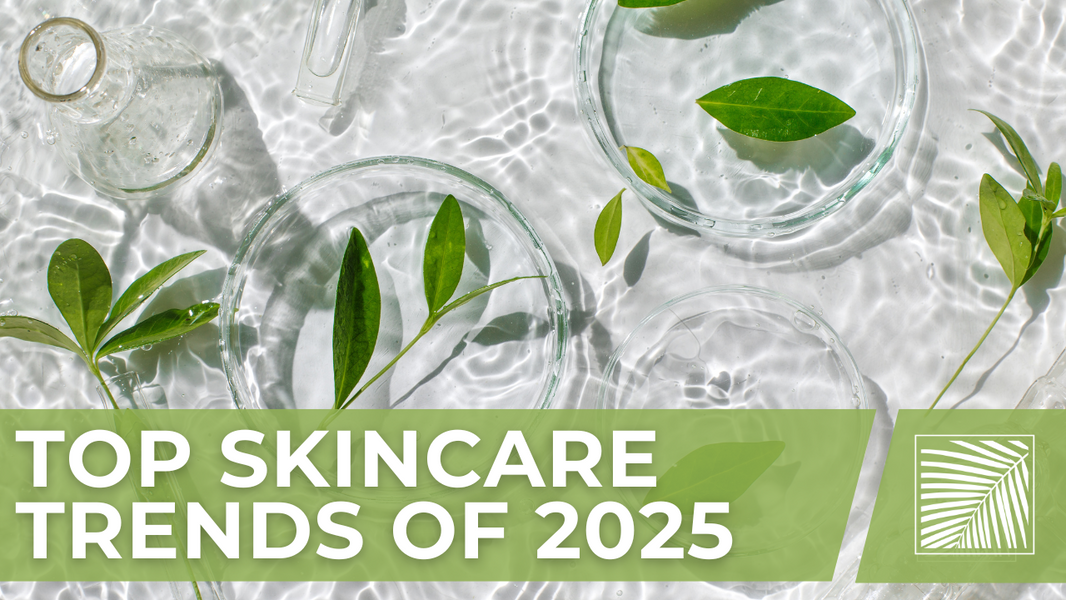 Ingredients to Avoid in Natural Skin Care
Ingredients to Avoid in Natural Skin Care
The average adult uses nine personal care products a day, with roughly 120 chemicals spread among them, many of which are incompletely tested for toxicity. At
Pravada, our focus is to continuously bring to our clients the best private label skin care formulations that they can brand and sell with pride and confidence.
As part of our efforts we look for products that contain the highest level of natural ingredients with the highest level of efficacy. We also have a list of ingredients we avoid, all of which are outlined in the following excerpt.
Natural Solutions magazine, in collaboration with
Whole Foods Market, has created the following list of toxic ingredients that you should avoid in personal care and cosmetic products.
-
Parabens, ubiquitous in skincare, preserve other ingredients and extend a product’s shelf life–but these antimicrobial chemicals also have hormone-disrupting effects.
-
Ureas, formally known as diazolidinyl urea, imidazolidinyl urea, or DMDM hydantoin and sodium hydroxymethyl-glycinate, are preservatives that have the potential to release formaldehyde in very small amounts and are a primary cause of contact dermatitis.
-
1,4-dioxane, a chemical carcinogen, is created when ingredients are processed with petroleum-derived ethylene oxide. Common ethoxylated compounds include sodium laureth sulfate and polyethylene glycol (often listed as PEG). To avoid it, skip any product with the following ingredients: myreth, oleth, laureth, ceteareth (or any other -eth), PEG, polyethylene, polyethylene glycol, polyoxyethylene, or oxynol.
-
Petrochemicals are derived from crude oil. Petroleum-based ingredients such as petrolatum, mineral oil, and paraffin (derived from nonrenewable sources) form a barrier when applied to the skin that does not allow it to breathe and can clog pores.
-
MEA/DEA/TEA are “amines” (ammonia compounds) and can form harmful nitrosamines when they come in contact with nitrates. Used as foaming agents, synthetic stabilizers, and to adjust the pH of cosmetics, they can cause allergic reactions, eye irritation, and dryness of the hair and skin.
-
Petroleum based Sulfates, such as sodium lauryl are harsh detergents that give cleansers, soaps, and shampoos their latherability. Sulfates can cause eye irritation and skin rashes.
-
Chemical sunscreens, such as oxybenzone and octyl methoxycinnamate, have been shown to disrupt endocrine activity. Titanium dioxide and zinc oxide are safer alternatives.
-
Quats, such as benzalkonium chloride, steardimonium chloride, cetrimonium bromide, and cetrimonium chloride, give a positive charge to conditioners in order to prevent static. They are necessary for conditioners, but we have allowed only the mildest quats in our Beauty With a Conscience standard: guar hydroxypropyltrimonium chloride, hydroxypropyltrimonium oligosaccharide, and SugaQuats.
-
Antibacterial compounds, such as triclosan and chlorphenesin, do not break down in the environment and may contribute to bacterial resistance.
-
Synthetic fragrances containing phthalates (pronounced THAY-lates) - synthetic chemicals have been commonly used to stabilize fragrances and make plastic more pliable. However, studies have shown these endocrine disrupters can mimic hormones and may alter development. We understand that many customers prefer the complex and rich scents that can only be derived by using synthetic fragrances or natural oil blends (which are becoming more available, but at a signficantly higher cost) than you get with the single notes of an essential oil. All of our suppliers are quickly moving to reformulate all synthetic fragrances to be phthalate-free. Just ask us for suggestions on the best fragrances to use to avoid phthalates.
-
Synthetic colors are made from coal tar. They contain heavy metal salts that may deposit toxins onto the skin, causing skin sensitivity and irritation. Animal studies have shown almost all of them to be carcinogenic. They will be labeled as FD&C or D&C, followed by a color and a number.
-
Chelators, such as disodium EDTA and tetrasodium EDTA, are used in personal care products to remove impurities from low-quality raw materials. They do not readily biode-grade in the environment.
-
Animal testing: A grim history of cruelty to animals lies behind many cosmetic ingredients. Which is why we focus on natural - our products do not need testing on animals and we only work with suppliers that do not test their products on animals.
 Ingredients to Avoid in Natural Skin Care
Ingredients to Avoid in Natural Skin Care







